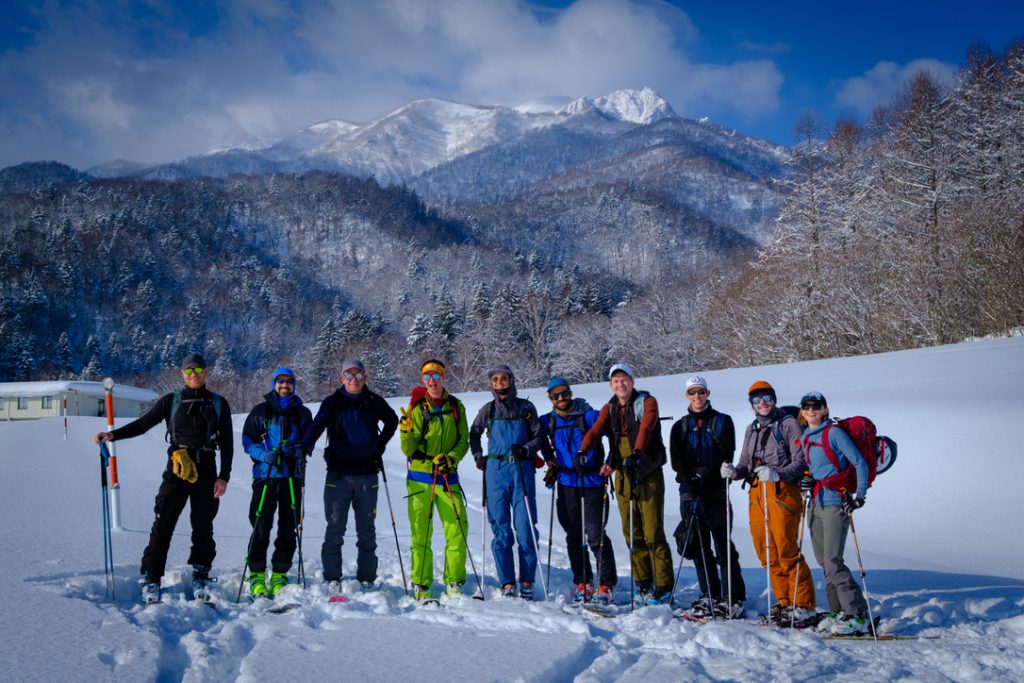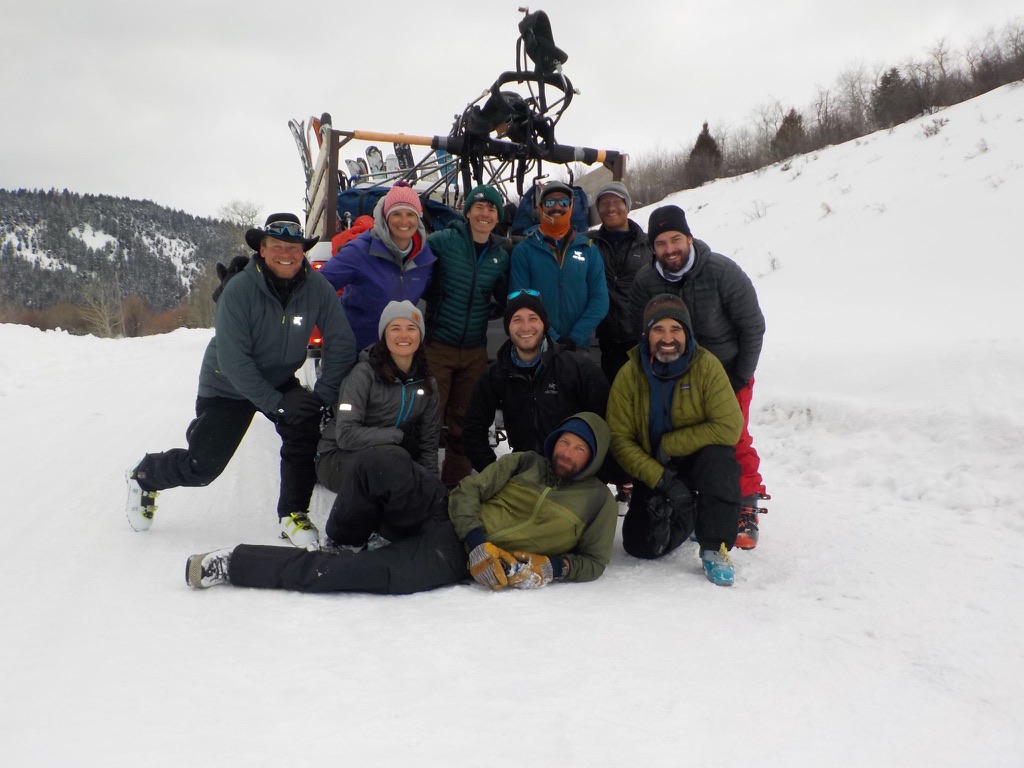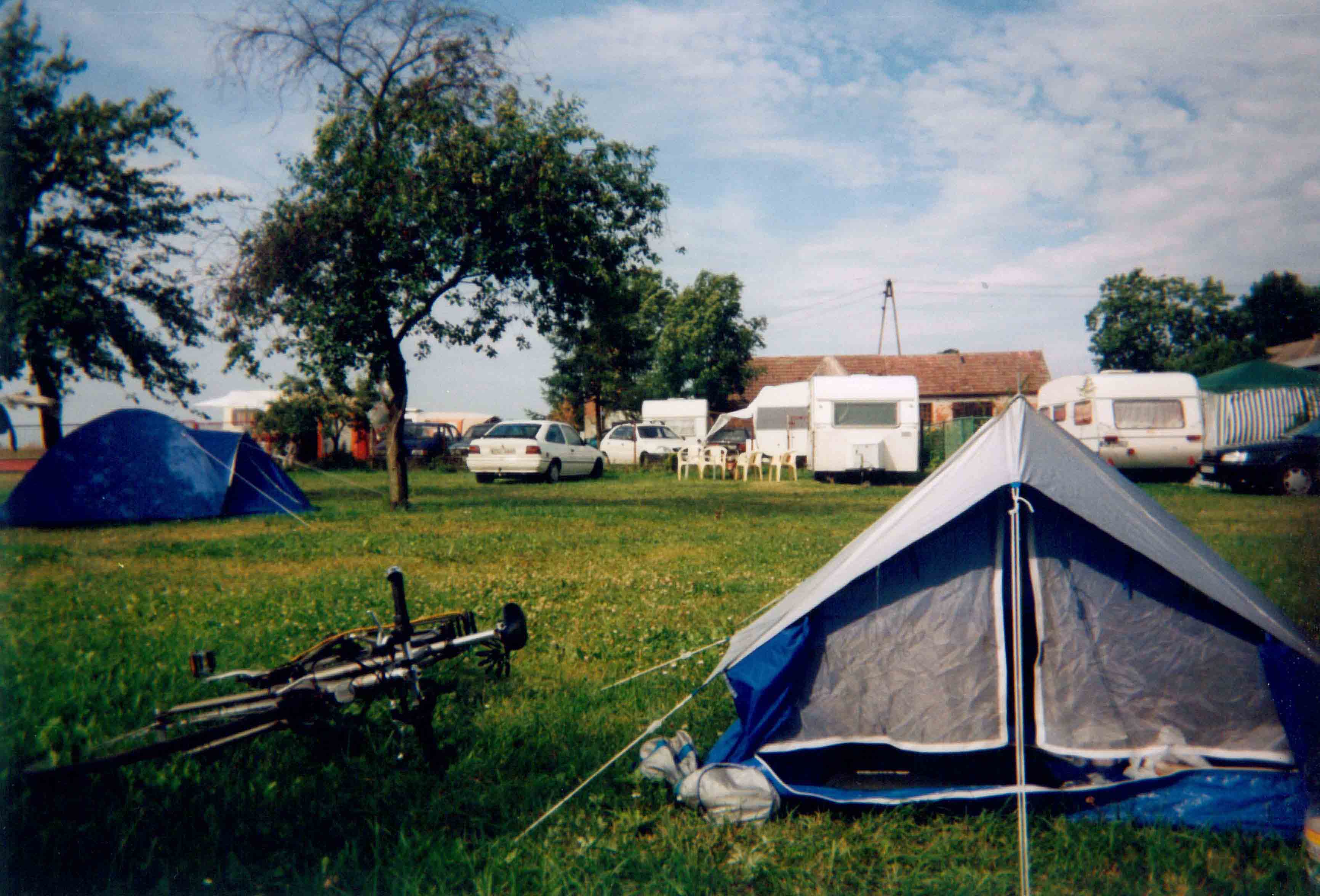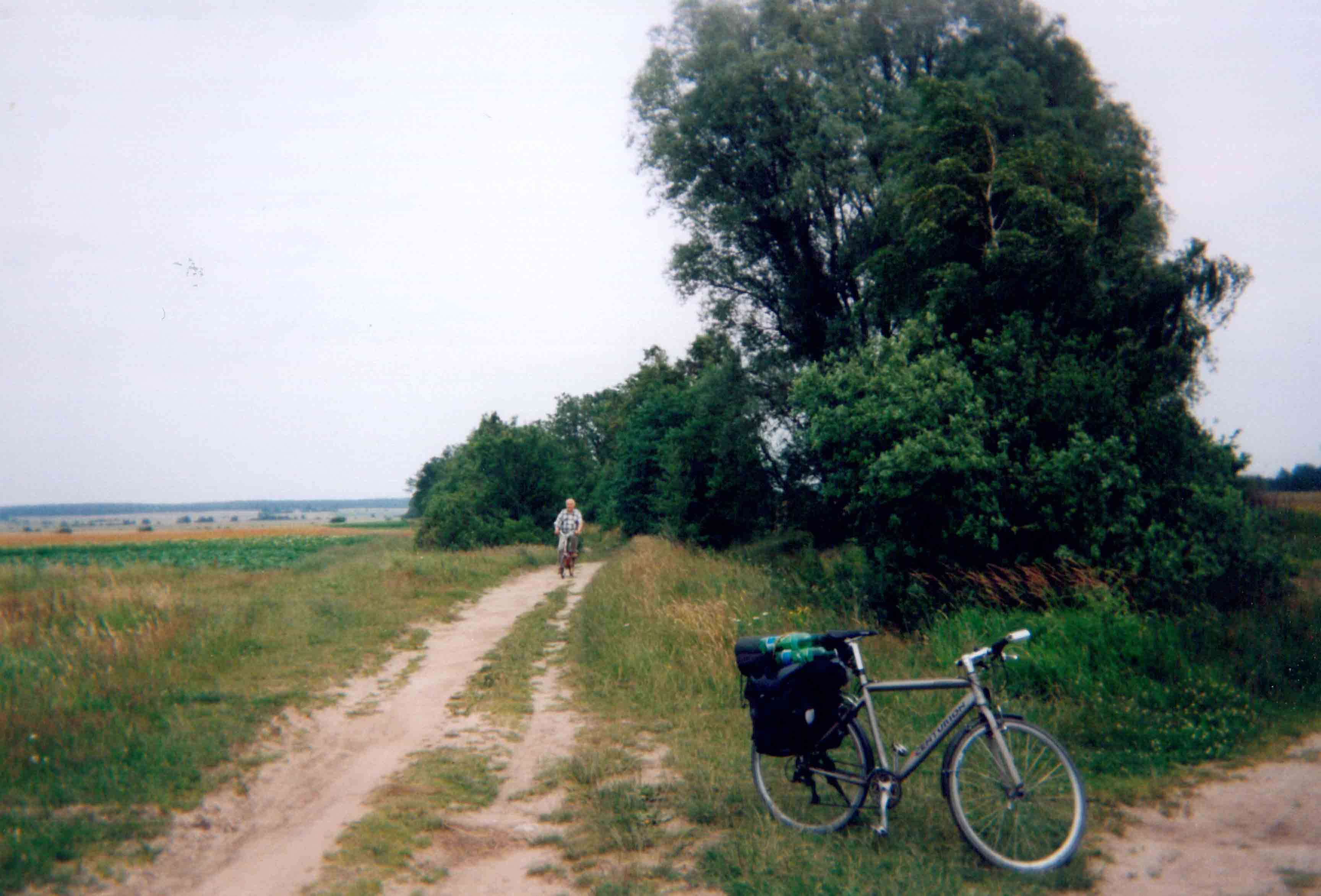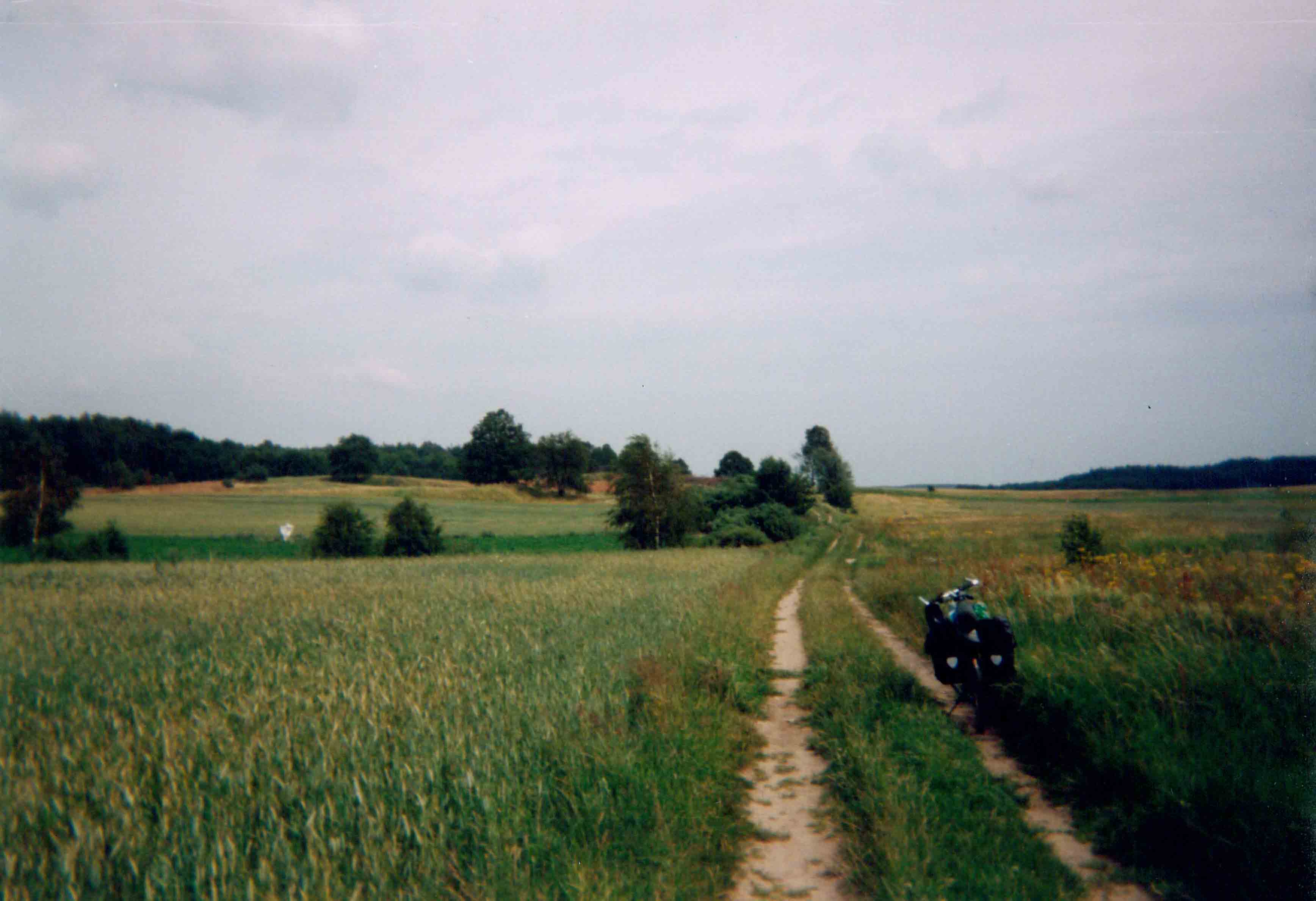Traveling with Small Children
We now have 3 kids ages 0 to 4 and have travelled extensively with them. In this post I’ll cover our motivations for doing so and share what tips and tricks I’ve accumulated over the past four years.
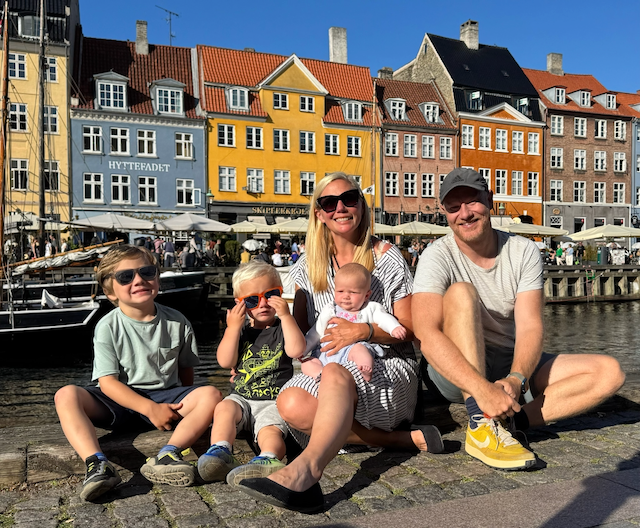
As we’ve gotten more children, the trips have only become more arduous. I remember our first trip with a baby to Mexico feeling like a lot, but thinking back on it now, having just completed a 6 week sojourn to Europe with 3 kids staying in 8 different cities, the Mexico trip was positively serene. I suspect this latest trip will be the last hard-traveling one we’ll do until the kids grow older, but who knows how I’ll feel next summer. It’s also worth keeping in mind that kids as small as ours likely won’t remember details of the trips in later life (although endearingly the 4-year old does remember past trips year-to-year, and will name things he wants to visit again).
So what are our motivations for going on these trips?
- Satisfy own travel desire: Both my partner and I travelled a lot before having kids, both before we met and after (but before having kids). The parental leaves we both get are unique-in-a-lifetime opportunities to pack long trips into otherwise busy careers. I’ll list other reasons below, but realistically this is the primary motivation
- Family: Part of the reason we go is to visit my family in Denmark, and giving our kids a chance to spend time with grandparents, aunts, uncles and cousins (and vice-versa)
- Intense family time: Traveling means we’re all together, all the time, doing stuff. Even when on leave but at home, I end up spending time fixing stuff on the house, working on my own projects or otherwise not spending time with the kids. That’s not an option when traveling. The best way I have to quantify this in a positive way is the shared photo album I use to share family photos with friends and extended family: When we’re on trips, I record way more memorable moments in the album than when at home
- Showing kids the world: It’s fun to show your kids places that are new and different and experiencing the novelty and surprise through their eyes.
List of random insights related to traveling with kids
- Kitchen or kitchenette: We’ve bottle-fed our babies but we’re not super fussy about sterilizing and so on. Even so, you really need at least a kitchenette to keep bottles clean, especially in places like Mexico where the tap-water may be dodgy. Trying to clean bottles with bottled water in a hotel bathroom sink is miserable.
- Family-hosted AirBnBs with toys: Partly on previous trips and especially on the last one we’ve tried hard to stay at AirBnBs rented out by families living there, with toys, changing tables and other kid-paraphernalia. That as opposed to hotels or full-time AirBnBs that tend to be much more “sterile”. This has been a great success, and it means that, for the kids, traveling to new places is an exiting occasion akin to Christmas morning, with a whole new complement of never-played-with toys waiting at the destination.
- Longer stays than when traveling without kids: Before we had kids my partner travelled pretty hard, staying only one or two nights at each destination and packing in lots of sightseeing in a short amount of time. This is not pleasant with kids in my experience. There’s much more packing and unpacking and getting settled in, so you need more time each place and just more time overall. This is a lesson we had to re-learn a couple of times, and policy for our last trip was to stay at least 5 nights each place. If we travel again I suspect we’ll make that even longer.
- Packing nets: Keeping 5 people’s clothes organized across several suitcases is impossible without packing nets and bringing a separate piece of luggage for each traveller doesn’t scale. Packing nets solves this problem. My favorite kind is from MUJI. They’re very light, durable and made from a slippery material that eases packing
- Lunch and snacks: Packing school lunch and snacks is not my favorite activity but I keep doing it even when we’re on vacation. Finding lunch and snacks when out and about and on a schedule can be stressful, especially since our kids are not exactly the most adventurous eaters. And both me and the kids will feel bad (for different reasons) if they end up eating french fries every day. Having just a minimum of lunch and snacks packed in the morning helps with this
- Getting around cities: European cities are generally good destinations for kids. There’s lots to see, including children’s museums and good playgrounds, and public transport is good. One thing to note is that Uber or taxies are not a particularly attractive choice when you have 3 kids and a stroller: you have to get a large van-type one, and even then, loading and disgorging everything takes ages. Public transport is much more pleasant because you can just drive a stroller on to a bus or train. Counterintuitively, European cities not always all that pleasant to talk around, chiefly because sidewalks are sometimes narrow and come with many curbs and stairs.
- Stroller: If you have small kids you’ll obviously need a stroller for walking around cities, taking naps and so on. I’m not the stroller expert in our relationship and our partner got us the UPPAbaby Vista which is a big stroller that can be configured with up to two seats. I have a love-hate relationship with that thing. On the one hand I’m thankful for all the places it’s taken us and the amount of abuse it has accepted. We did break our original one in Berlin on our latest trip, but I don’t hold that against UPPAbaby and we immediately bought a new one of the same make. The flip side is that the Vista is heavy and requires partial disassembly to collapse. While possible, schlepping it up or down stairs when no elevator is available is not enjoyable.
- Scooters: Both our boys (currently aged 2 and 4) love riding scooters (and bikes) in San Francisco and we brought them on the trips even though they’re bulky. Because we stay in big cities there’s typically lots of walking around between sights, restaurants and where we’re staying. The scooters avoid so many “I’m tired of walking” and “Are we there yet” complaints.
- How much to pack: My partner and I have endless debates about how much stuff to bring. For the last couple of trips we’ve arrived roughly at an amount that can barely fit into a mid-size station-wagon or a small minivan. Or more concretely 2 large suitcases, one small suitcase, a large stroller with two seats and a handful of smaller diaper bags and other bags. This is too much in my opinion, chiefly because it makes loading cars, boarding trains and airplanes and getting into condos a major chore (for me). Less luggage would mean more flexibility and less schlepping. We’re on the road for many weeks and are dependent on access to washing machines, so you might as well just embrace that, bring less and do laundry like you would at home.
- iPads: We mostly don’t let our kids use iPads at home, but we do bring them on trips. They help a lot with air travel and long train and car rides and at restaurants. Other than those occasions we don’t use them, both because they turn the kids into zombies and also to preserve novelty for when they’re really needed.
- Air travel: Many parents seem to have a mortal fear of planes and kids, and it can certainly be bad. In my opinion so far, the “worst” age is from when they can start crawling and walking and until they can focus on an iPad (maybe around 2). Before around 6 months they can be in a bassinet if you get one of those seats, or you can hold them or lay them on a spare seat without too many problems. After age 2 they can watch iPads or the in-flight entertainment. But between 6 months and two years they tend to endlessly squirm, crawl or walk around unless sleeping, which can be tiring. We give our kids low doses of melatonin on long flights if it helps them align sleep with the timezone we’re going to. Ultimately, the worst that can happen is that you’re stuck entertaining/consoling your toddler non-stop for the duration of the flight. And that sucks on a long flight, of course, but it’s a finite amount time and then you’re through.
- Chargers: Between phones laptops, iPads and headphones our charging requirements phenomenal. On the last trip I brought two high-powered 4-port chargers, but even that seemed insufficient at times. I recommend compact +100W multiport chargers with built-in travel adapters.
Trips
Mexico February-March ’20 with first kid about 2 months old
We flew to Cancun on the Caribbean cost, rented a car and then drove to Tulum. We then spent a month crossing the Yucatan peninsula and crossing all the way to the Pacific and Puerto Escondido, before doubling back to Oaxaca and flying home. We stayed places between 2-4 nights. It was a good trip, but we also learned some lessons:
- Area is too hot for family travel for us. My heat endurance changed with kids because you have strollers and more luggage and dealing with all that is much worse when it’s hot. Also note that this is not (as far as I know) a time-of-year thing for that area, it’s literally scorching year round. This is a great shame, since the route contains several large and elegant cities like Merida and spectacular walled colonial towns on the coast. And of course the amazing Maya ruins. Campeche was particularly hot, San Christobal was nice.
- Beaches are tricky for kids/babies. The beach in Tulum is epic for adults, but terrible for kids because the surf is too high (at least when we were there).
- Not a new insight but long car drives can be hard when a baby is just not up for being in the car seat for a long time.
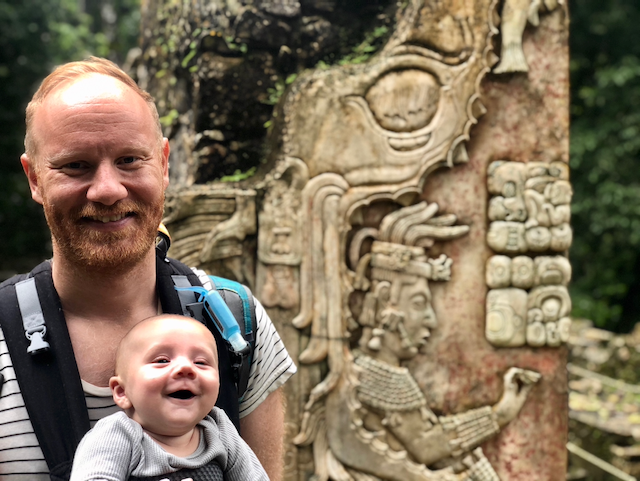
A novel part of this trip was the COVID pandemic unfolding slowly and somehow at a distance as we made our way across Mexico. We got back to San Francisco in the nick of time before everything shut down, with a suitcase full of beans and rice in case we couldn’t get groceries.
Denmark Summer ’20, first kid about 7 months old
At this point the US was still mired in lockdowns and international travel was generally not possible. Except it was OK for me as a Danish national to return to Denmark with my family, so that’s what we did. Traveling during this period was eerie, with almost empty planes flying to maintain landing slots and the few passengers wearing masks and (some) face shields.
On this trip we mostly stayed in Copenhagen but also went on road-trips around Denmark and to Bornholm (through Sweden, which involved international road travel and exotic checkpoints in the middle of Øresund) and we flew to Anholt, a small island in Kattegat.
This was a pretty problem-free trip and it was nice to get to a place with slightly fewer COVID restrictions. Some takeaways:
- I obviously have home-team bias but Danish beaches are uniquely well-suited for kids. The water in summer is still a little cold, but except for Vesterhavet, there’s hardly any surf and many beaches have excellent sand.
- We stayed on an AirBnB-rented docked boat in Roskilde harbor for a while. The boat was both epic and a fail because we had to spend a lot of time ensuring our toddler didn’t crawl off the stern.
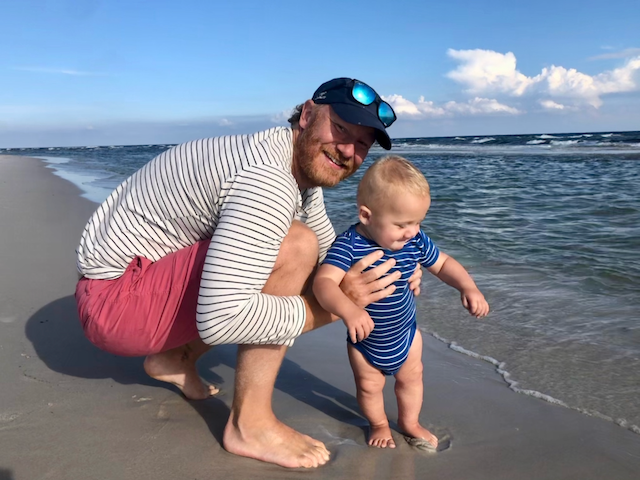
Denmark Christmas ’20, first kid about 1 year old
We went back to Denmark for Christmas the first year after our first son was born. It was great to spend Christmas with my family, but overall Denmark is miserable in the depth of winter, even compared to California’s rainy season. We haven’t repeated this trip since, even though I miss Christmas in Denmark.
Denmark Summer ’21, first kid about 18 months old
International travel was still not generally possible, so back to Denmark we went. This was the first time our son was old enough to really do stuff, and we went to LEGOLAND with my parents and to many beaches. LEGOLAND really is a neat park for smaller kids and we’ve come back every year since.
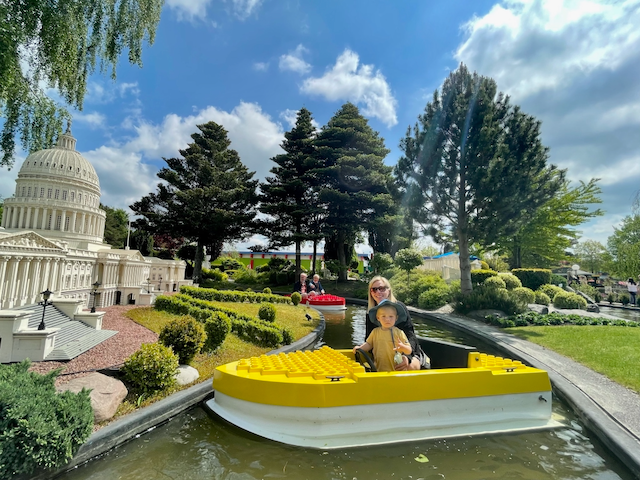
We also went back to Bornholm, and have returned there every summer since. It’s really is a pleasant place (and my aunt and uncle live there to boot) with better-than-Danish-average weather and some good beaches. It also has immense number of tourists visiting without really feeling overrun, enough to support a large number of small museums and other attractions like restored windmills, small amusement parks and so on. The museums are uniformly parochial and odd, but they’re also perfect for a rainy-day visit with curious kids.
I contrived for us to stay on a boat again, this time while in Copenhagen. This time it was a more proper houseboat (but still not great with stroller), and in fact it was the very houseboat that was where the guy in The Bear (TV show) lived while working in Copenhagen.
Iberian Peninsula May ’22, kids 2 1/2 and 1 month
International travel had finally opened back up. Based on airfare pricing we flew to Portugal, rented a car and drove around Portugal and southern Spain, including Lisbon, Seville, Cordoba, Granada, Tarifa and Gibraltar. This area was also somewhat hot for our tastes, and beaches had some of the same challenges as Mexico. Total time away was 4 weeks.
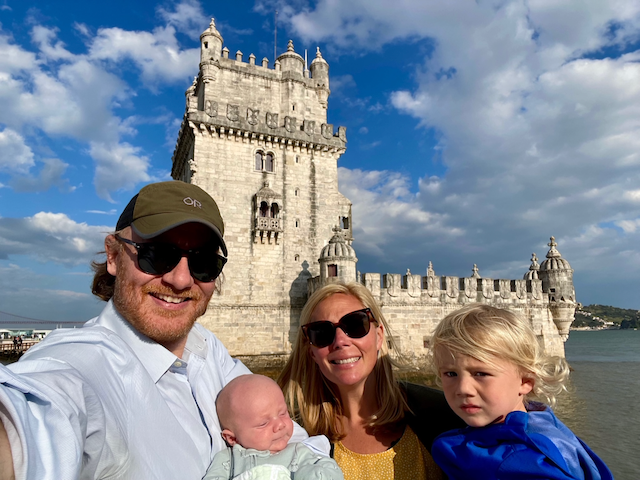
The highlight of the trip for me was probably Gibraltar, but I’m also an anglophile and I enjoy looking at Second World War stuff. Seeing planes land and take off at Gibraltar airport was spectacular from the top of the Rock.
The food is Portugal was excellent. Southern Spanish cuisine was a disappointment in comparison: lots of fried potatoes with everything. I had somehow assumed that all Spanish food was like the tapas-stuff you get around Barcelona (which I like) but that wasn’t really the case.
With two kids we started bringing so much stuff that it barely fit in a car, and the debates about packing became more earnest. From then on I made sure that places we stayed were either on the first floor or had an elevator.
Denmark and Sicily late summer/fall ’22
We spent time in our old haunts in Denmark, eg. Bornholm and Copenhagen. Then we went to Sicily for 3 weeks. We had originally planned to stay longer and maybe travel to other parts of Italy, but we were tired and went home early.
I had high hopes for Sicily because I had gone there on one of our best vacations ever before we had kids. Unfortunately it was too hot, even in mid-September. And Sicily is not very highly developed, which is much more noticeable with kids. Our toddler loves pasta though, so at least the food part really panned out and it was not a bad trip overall.
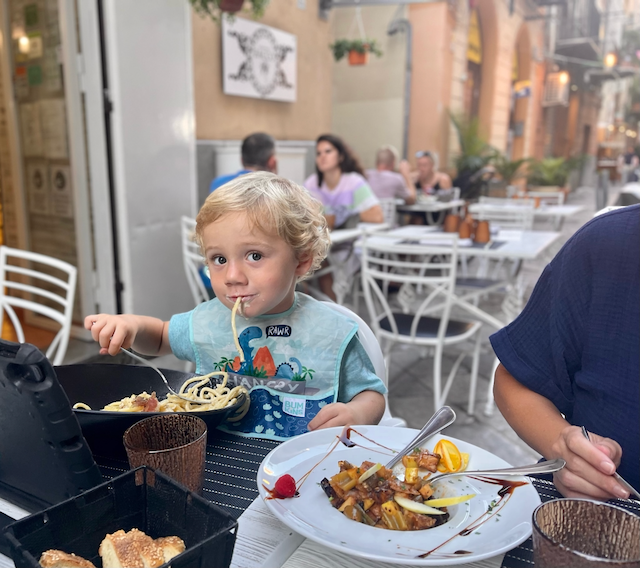
Denmark and Germany summer ’23, kids 1 and 3
There was no parental leave this time so we were gone just 4 weeks with one of those weeks working remote. We did Denmark once again, visiting Bornholm and LEGOLAND. This was the first time we encountered the more changeable Danish summer weather (i.e. rain), which was a bummer.
We also drove to Hamburg in Germany, which was something of a revelation. It’s a very large and well-organized city. Miniatur Wunderland was the best attraction but the harbor tour of the industrial harbor and the walking tunnel under the Elbe were also great. Hamburg playgrounds are next-level, with free zip-lines, water cannon and diggers.
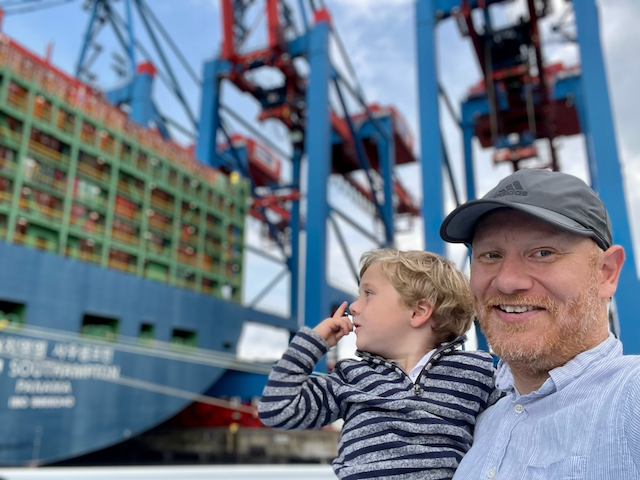
Europe late summer ’24, kids 4 months, 2 and 4
To avoid the experience of previous years and avoid rain and heat we had made almost no plans ahead of time and were committed to organizing the trip as we went along. We started and ended in Denmark, and visited Stockholm, Berlin, Nuremberg and Amsterdam in between. Nuremberg was the only destination that didn’t pan out: It was too hot and we got a bad AirBnB. The just-in-time travel planning did cost us some tense and stressful half-days with my partner and I checking weather forecasts and cross-referencing AirBnB and travel options. I’m not sure I recommend this planning approach, but it can work.
Trains are a good option for intra-Europe travel with kids, but sometimes you’re going to have to get on a plane. Going from Nuremberg to Amsterdam we could get neither train nor plane and had to rent a car for 24h. But even that panned out relatively well though, because we could drive along the extremely picturesque Rhine Valley.
The destinations were fine overall. Stockholm is arguably a little too similar to Copenhagen to be worth going to but the metro and public transport is extremely impressive. The way the harbor works with ferries going everywhere is also fun. Skansen was great with kids. Berlin was great with the technical museum a highlight, but not as good as Hamburg for our purposes. The main attraction of Nuremberg was the Deutsche Bahn museum but we had already gotten a pretty good dose of trains in Berlin. I was a little underwhelmed by Amsterdam. I thought it was going to be similar to Copenhagen, but there’s an order of magnitude more tourists and touts in the city center, which really ruins it. Amsterdam is famously great for bicyclists, but the pedestrian experience is not great due to narrow and obstructed sidewalks, and public transport is also a little underwhelming.
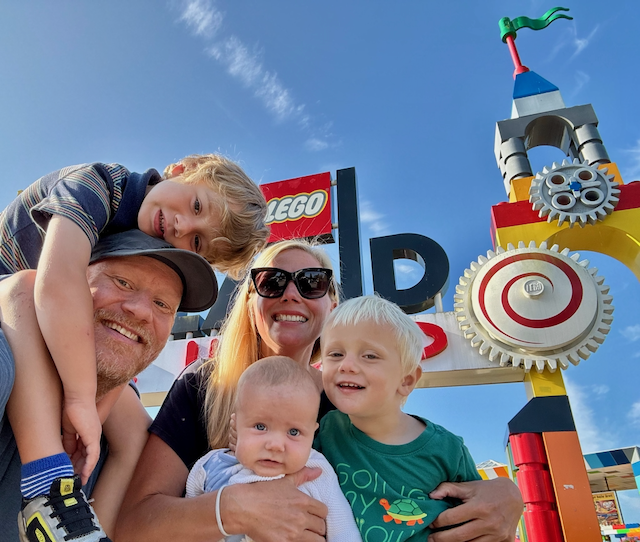
Back in Denmark we re-visited LEGOLAND and also went to LEGO House (our kids were too young to really enjoy the latter), and also went back to Bornholm where my parents joined us. At this point we were tired but couldn’t change our flight so we spent the remaining days relaxing at a summer house in Hundested that one of my friends has. The weather was exceptional for Denmark in early September and this worked out well. We were gone for 6 weeks total.
